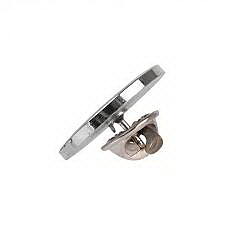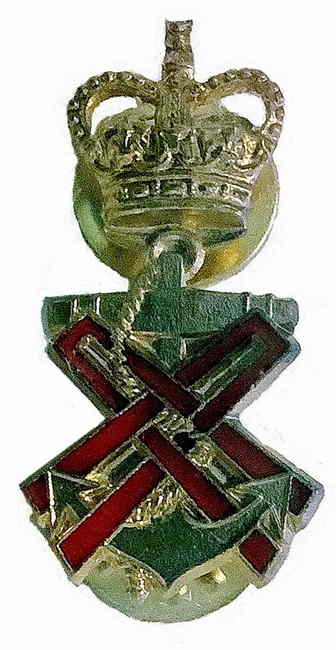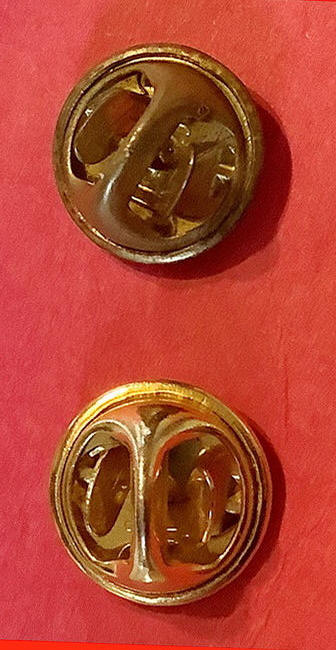|
Collecting Nursing History 66 Nurse Uniforms - Fixings and Fastenings Will Burgess |
 |
Please Note: Whilst every care is taken in checking promoted links, we cannot accept responsibility for your use of third party web links. | |||||||||||||||||||||||||||||||||
|
Fixing and
Fastenings
Actually A Royal Navy (safety?) pin
badge with the pin adapted to attach to any soft area of a
uniform…. Have another look:-
Most definitely a safety pin,
whichever way you look at it… And yet another example below,
but with a quite different fixing of the safety pin. This one I
believe may be from the first war – WWI.
The pin is perhaps better shown below – the
method of attachment appears to be solder, but this could have
been a makeshift repair.
And below another, much more complex RAMC fitting:-
As is this modern Royal College
of Nursing plastic campaign brooch. Clearly intended to be
attached by a safety pin. ‘Scrap the Cap’ was part of an RCN
campaign to get rid of the nurse cap.
And yet another pin – again built
in to the rear of the badge:-
But when the ship arrived,
World War II
had begun, and she was laid up in
Surabaya
for the safety of the ship. In February 1941, the ship's captain
was then ordered to sail to
Sydney
and to hand over his ship to the
Royal Australian Navy.[4]
The Dutch government agreed with the Australian government that
the Oranje would be converted into a
hospital ship.
Although she was under Australian command, she kept her Dutch
crew and remained under the Dutch flag throughout the war.
But the next pin quite clearly
was not designed for safety:-
The ‘Hospice Care Northern
Ireland’ pin above. Although to be fair, there may be a safety
cover missing as can be seen in the next offering.
Yes, there are now several badges using this method and it is very effective. These small magnets are very powerful and easily capable of holding the badge face in situ between a layer of uniform clothing.
Next. Studs.
The fixing method can be clearly seen above - Pin through material screw down collar on pin.
Seen here are the rear stud
fastenings which screw down onto pins on the rear of a badge.
The pins are built into the rear of the badge, Very secure. Very
neat.
The studs (two) can be clearly
seen here one behind the crown and the second behind the anchor
on this Naval badge. A central pin on each would pierce the
uniform cloth with the studs screwed down upon each pin. Some pin and stud badges, like this on, are known to have more than one pin and stud per badge.
Next bar and loop.
**Part two will follow in the new year (2023) with several more badge fixings and fastenings.
Appreciation & Acknowledgements |
SECTION
1 SECTION 2 |
||||||||||||||||||||||||||||||||||
| Home Schools Region Forum Collecting Galleries History Bibliography News Archive Contact |

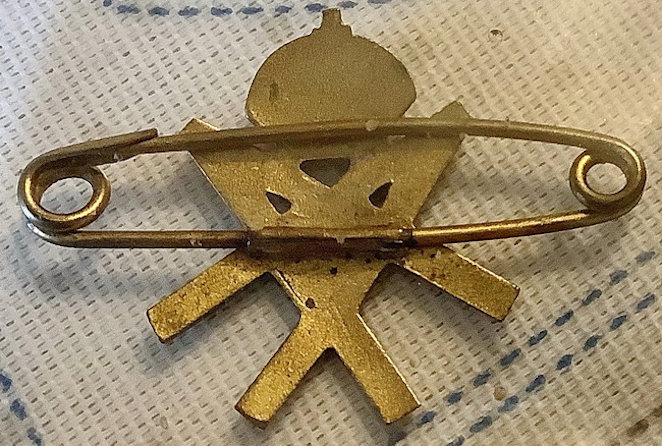
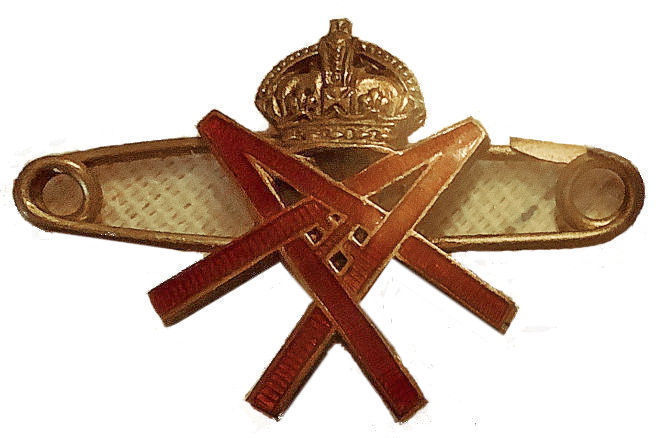
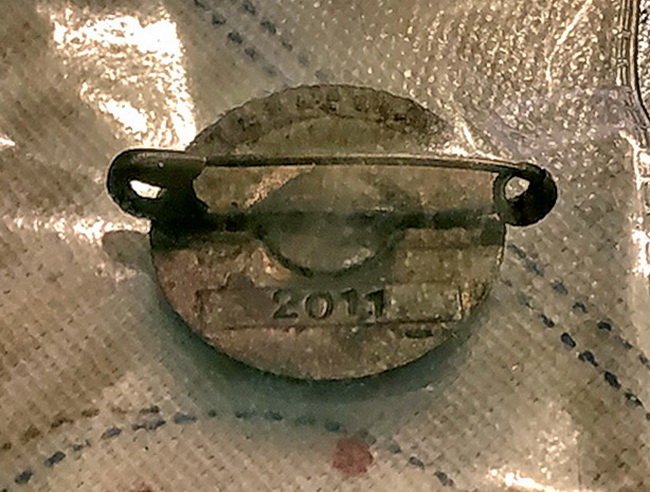
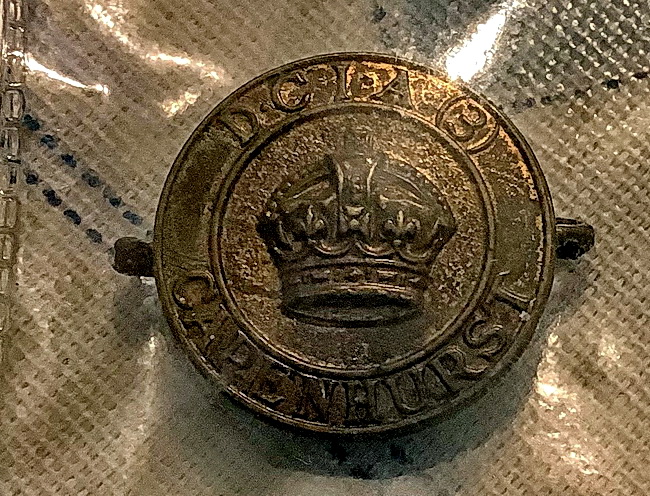
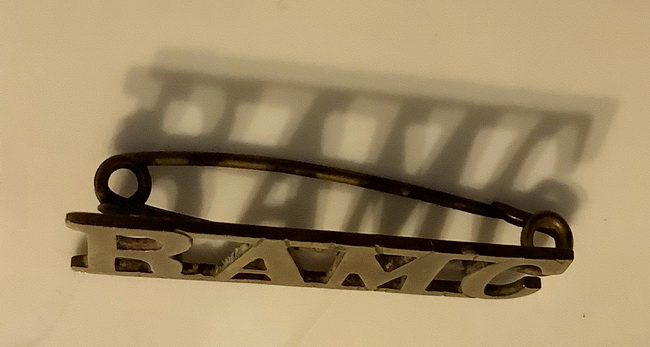
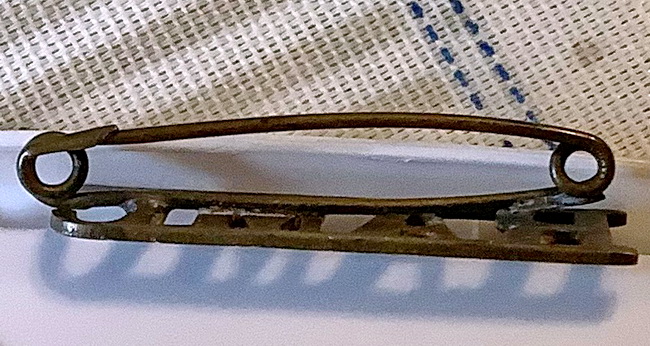
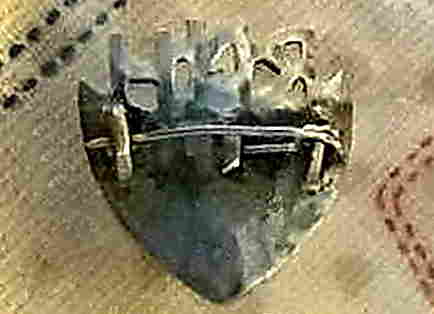
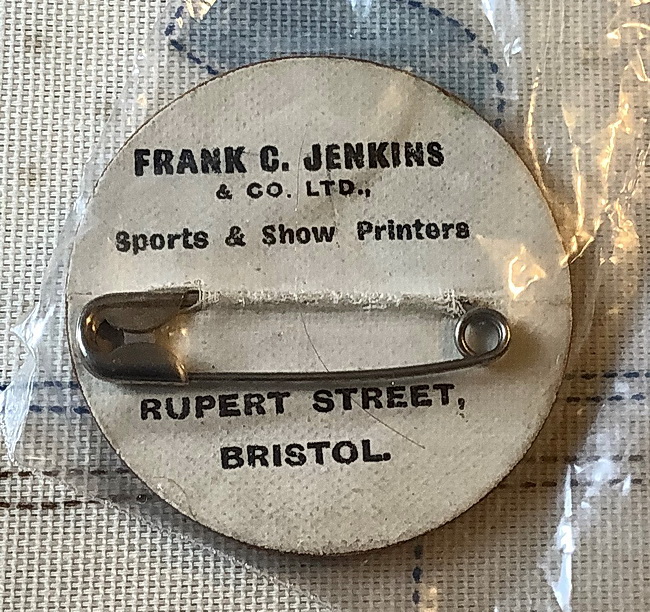
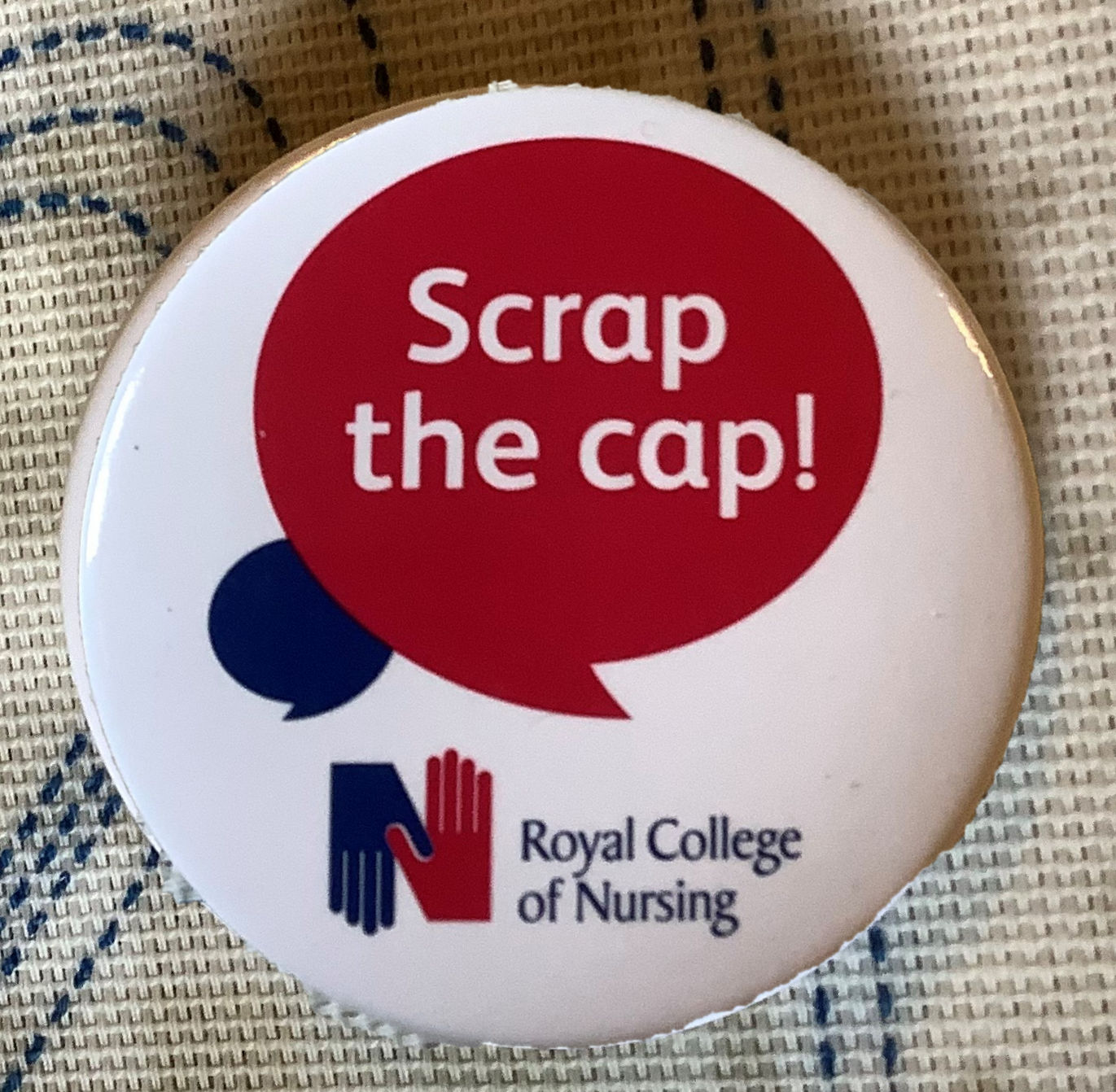
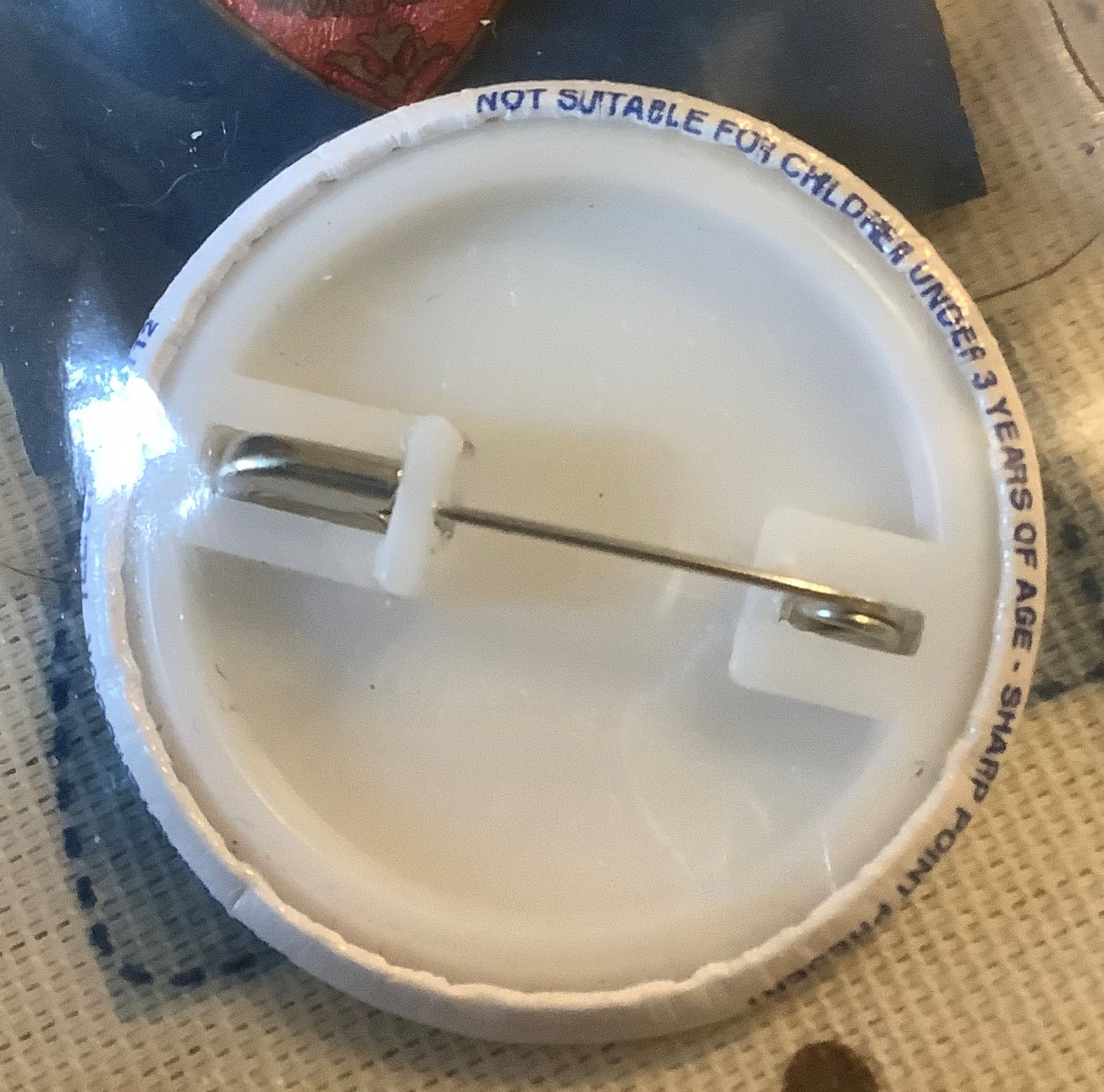
113xox.jpg)
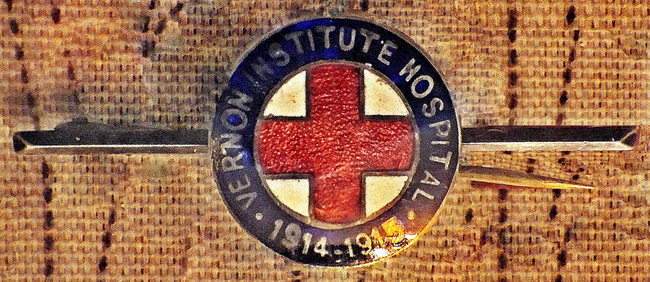
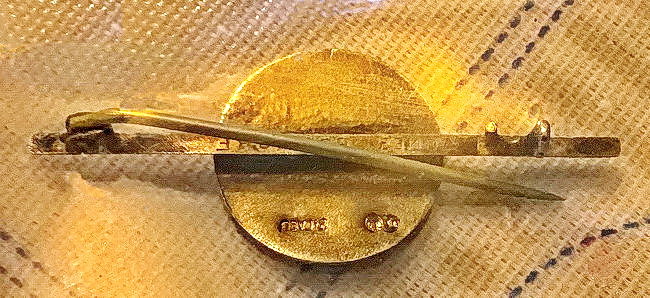


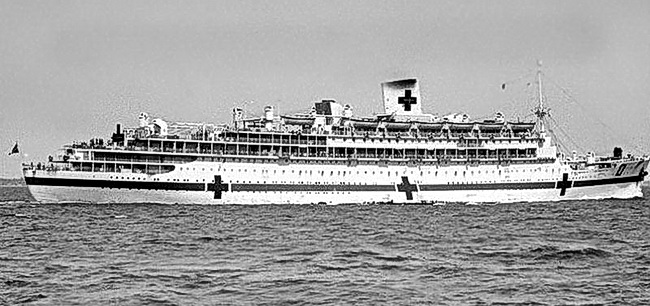
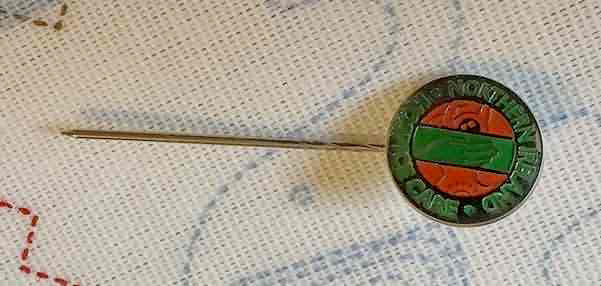
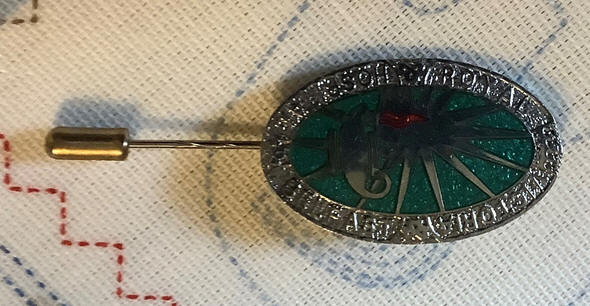


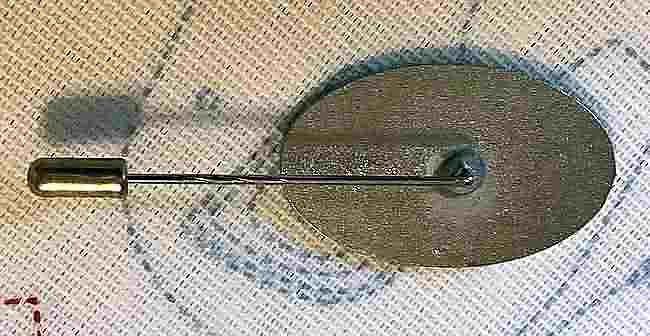
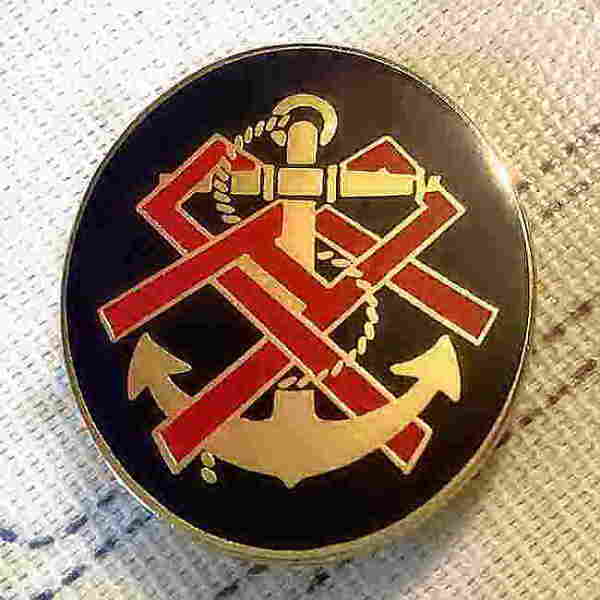
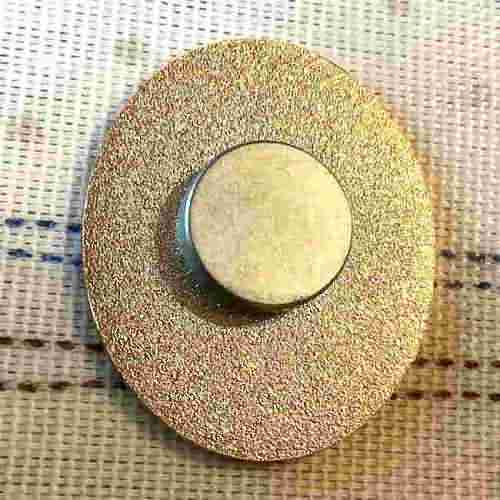
.jpg)
